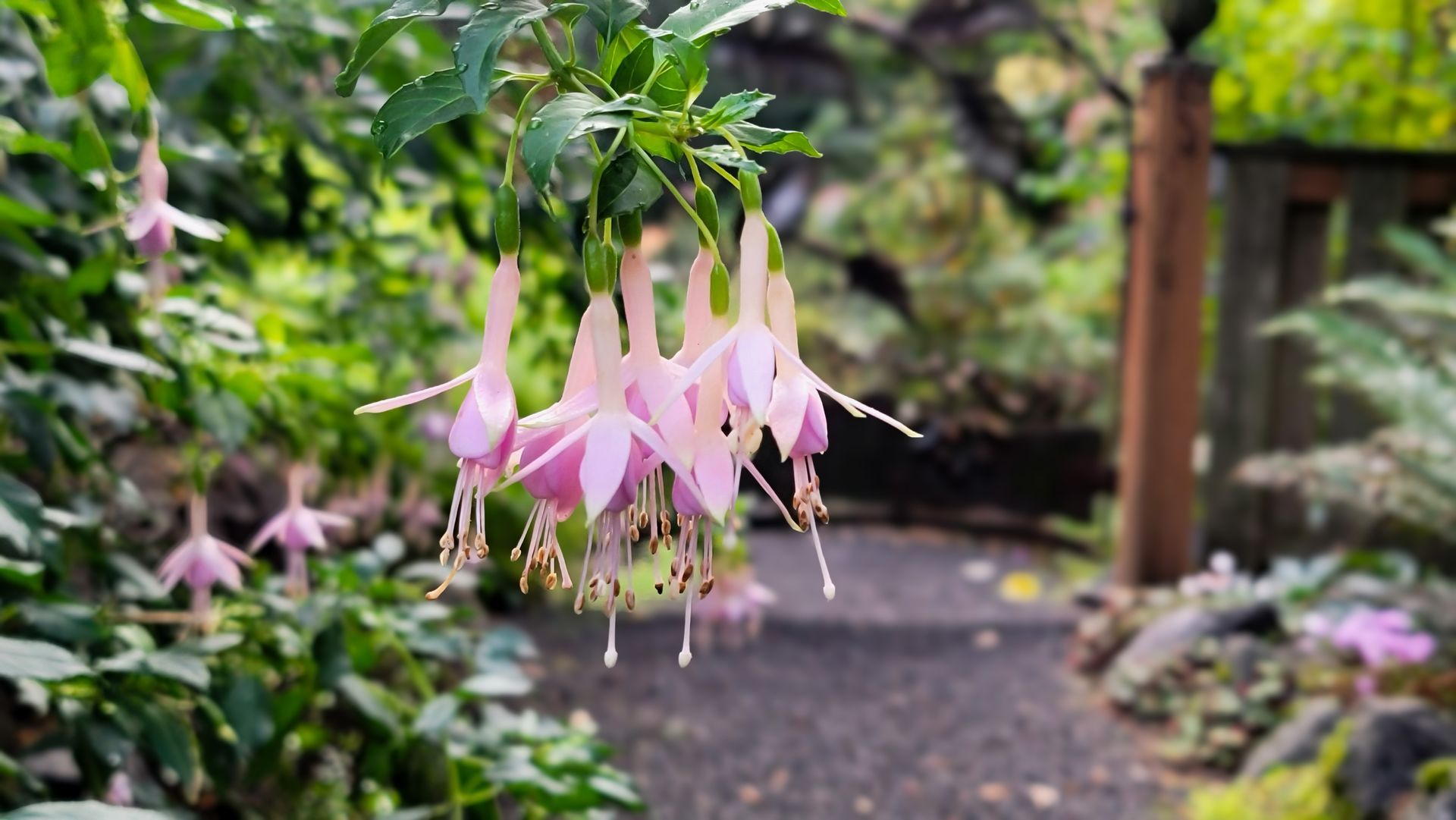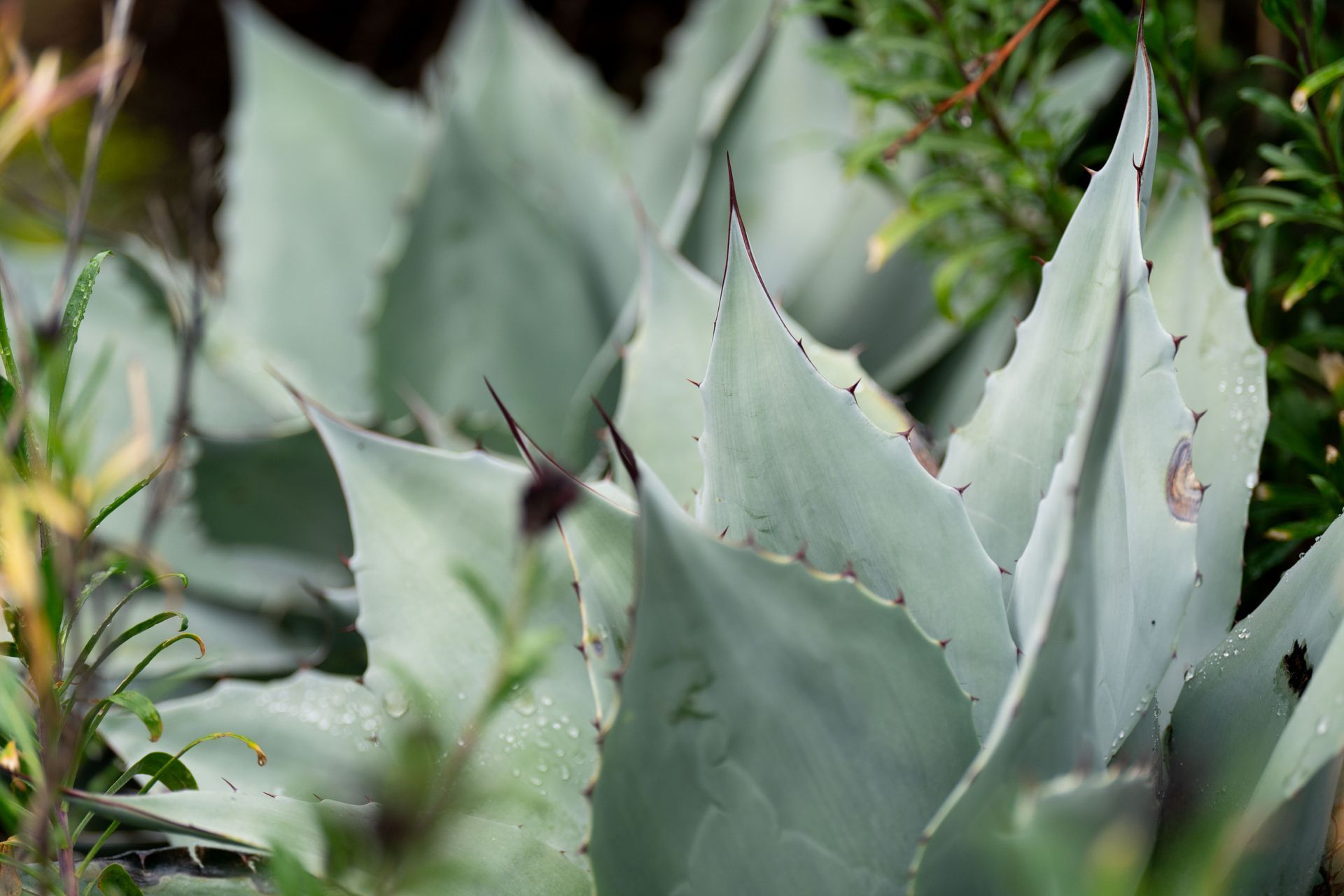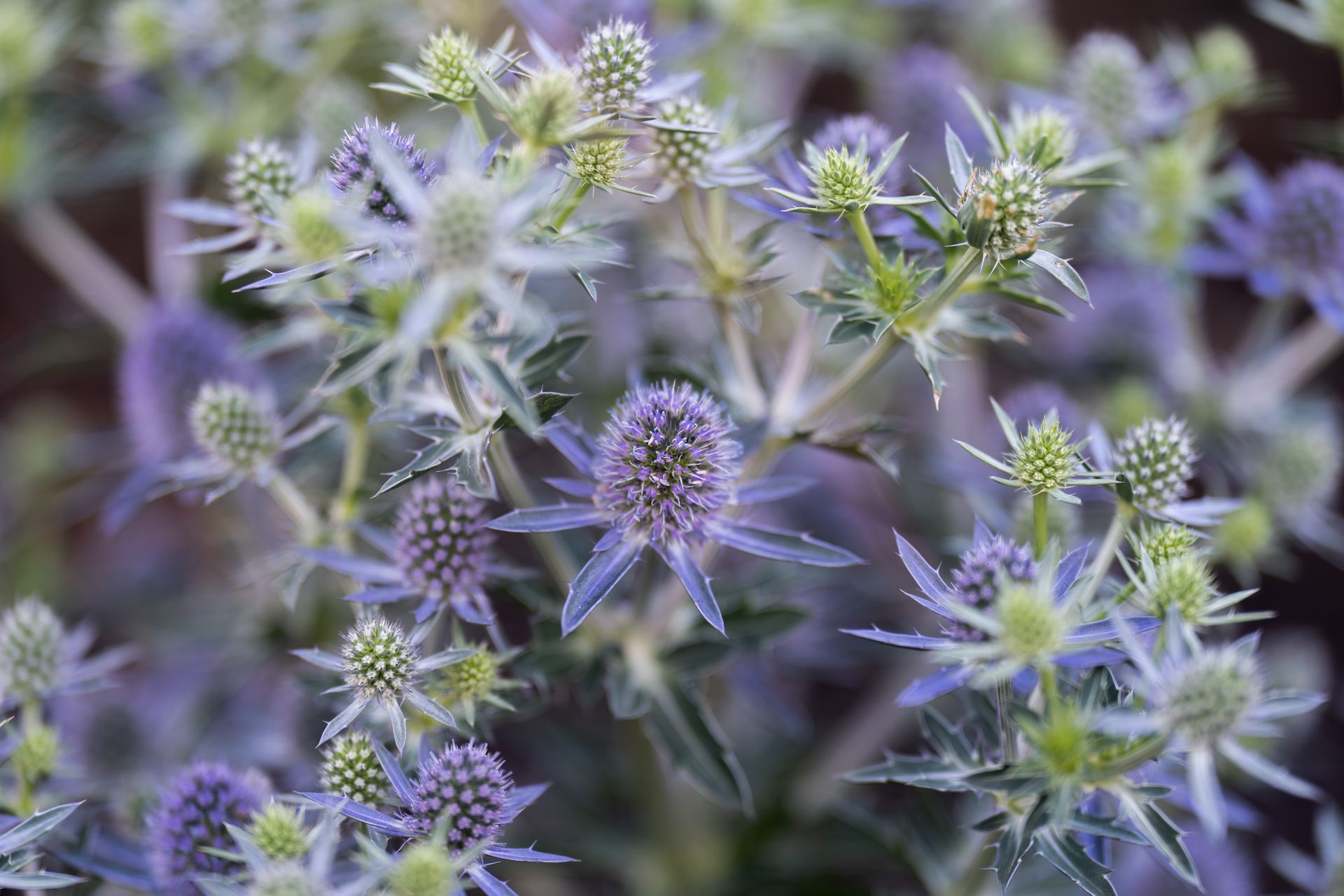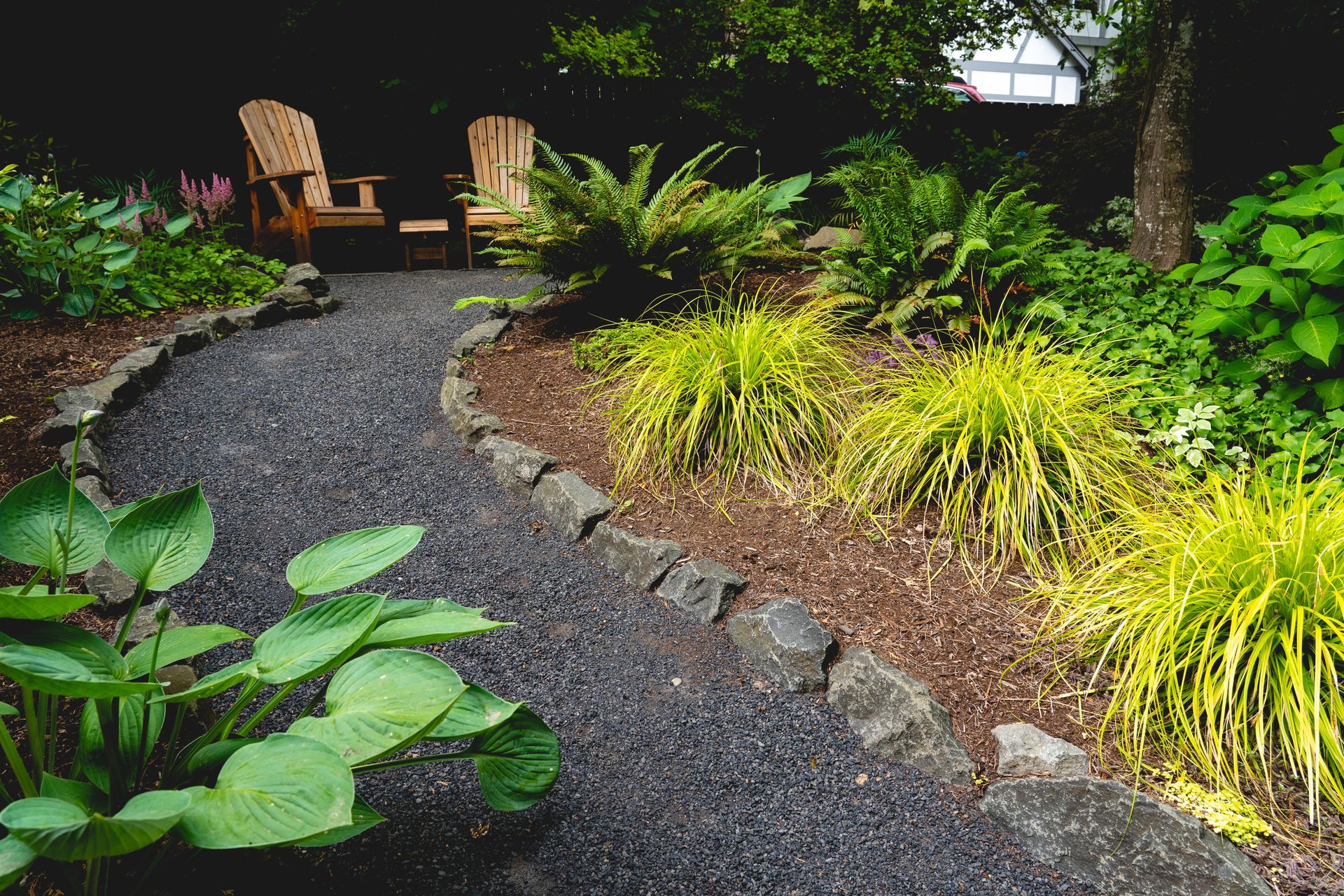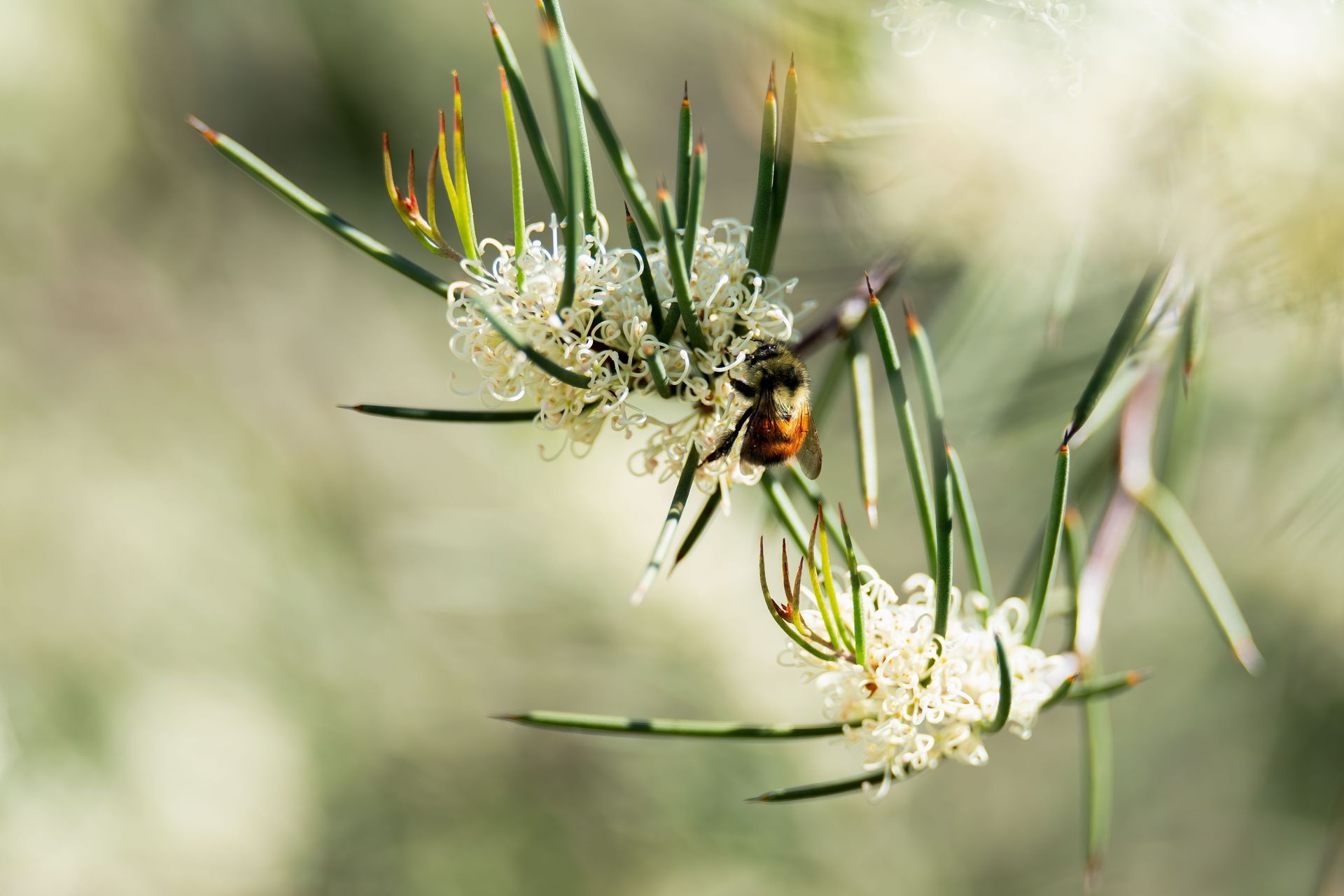January Tips and Tricks

Wow, one more year has passed! It is now 2024. January and February are the months of the year when I am poised to shut off my outdoor faucets on the nights that will go below 30! I still need to turn off my irrigation system, but I hesitate as the system recharges my waterfall/pond and there are often dry periods in the winter when it needs to be on.
Here are some tips and tricks for January:
- It continues to be a great time to transplant or plant anything hardy. Of course, I would only do this when the temperature is above freezing! However, that is fine because I am not interested in transplanting or planting into frozen rock-hard ground! The plants want moist and receptive soil, and I need it, too, for my shovel and arms!
- I can choose to plant Pea seeds this month! YES!! All the main types of peas can be planted now. However, I must see that the ground is ready for planting them. There are sweet peas (the ones grown only for cut flowers and fragrance) or (eating peas) which I can choose to plant. I have yet to prepare a spot in my veggie garden where the ground will not be used for something else. I know from experience that if I procrastinate and wait for warm weather to plant the peas, their insect and fungal enemies will be ready to jump on them, so if I plant them now, or at least in February, their enemies will still be asleep! All peas like well-drained and workable soil and can easily grow from seeds. They all like to climb, so I always put up some net or trellis alongside my planting row!
Here are the edible peas which I plant:
- Shelled peas - These peas are shelled, and the shells are discarded.
- Snap peas - This pea pod is full, thick, and crisp with peas inside. The whole thing is sweet, and one can eat pod and all, raw and fresh. We usually use this one as a snack with dips or in salads. Occasionally, we cook them.
- Snow peas - This is the pea pod typically used in Asian stir-fry dishes. It is more of a thin, rubbery pod, which is picked early & young from the vine before it fills out with the peas inside.
- It is still a good time to scatter most wildflower seeds, such as California Poppy and Clarkia.
- It is still too early for me to start most other seeds for spring vegetable or annual flower plants, that means in the garden or a cold frame for use as transplants.
- It is essential to water many of my landscape plants underneath my wide roof eaves, which are protected from our rain, about once a month. I monitor them until the irrigation is turned on. Outside, cats can also begin using these dry places as litter boxes, and then they can become smelly, and the urine can burn the leaves of the plants! Watering the area dilutes the urine and washes it away.
Moss appearing in my lawn now usually means there is too much shade. It can also mean low fertility or soil compaction, resulting in a thin stand of grass. Now is the time of the year for me to decide what I will do. My options are twofold: either get rid of some of the shade or shrink some of the lawn so I have less lawn trying to grow in the shade.
- Shade is the enemy of grass and, at the same time, encourages moss. Moss can quickly out-compete any lawn if it is a half-shade situation. However, moss killer is easily applied. I only use Iron or ferrous sulfate (as the active ingredient), so it is not poisonous to humans or animals. I monitor my trees, and if they are getting too big and shading too much of my lawn, the first option is to remove the shaded part of the lawn. Another alternative is to remove some of the branches /or remove the whole tree if I want lawn in that location!
- For indoor winter color, I gather branches of budding quince, forsythia, or flowering cherries and bring them inside. I first mash the bottom of the stems before placing them into a sizeable water-filled vase. The warmth of our home will force the buds on the sides of the branches to bloom early for beautiful bouquets.
- I Monitor my houseplants weekly for correct watering, fertilizing, and guarding against insect infestations! I dust leaves. I use a low-level fertilizer like “Oxygen Plus,” I am cautious not to overwater this time of the year!
- This is also when I look at all my trees, shrubs, and perennials and plan out needed pruning projects to commence with my winter pruning!

